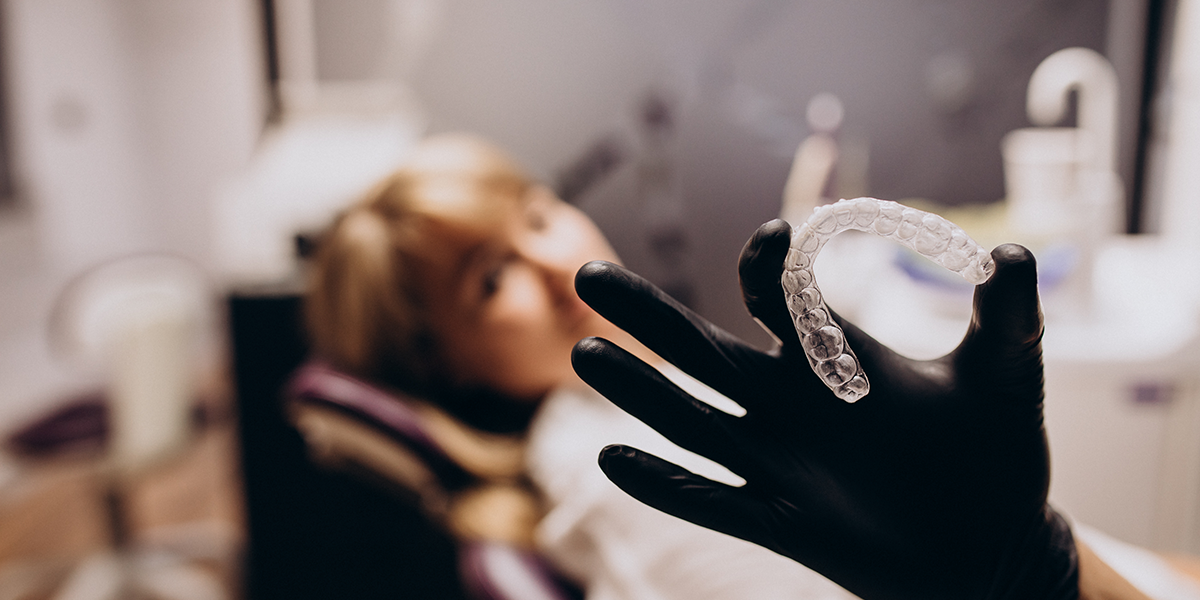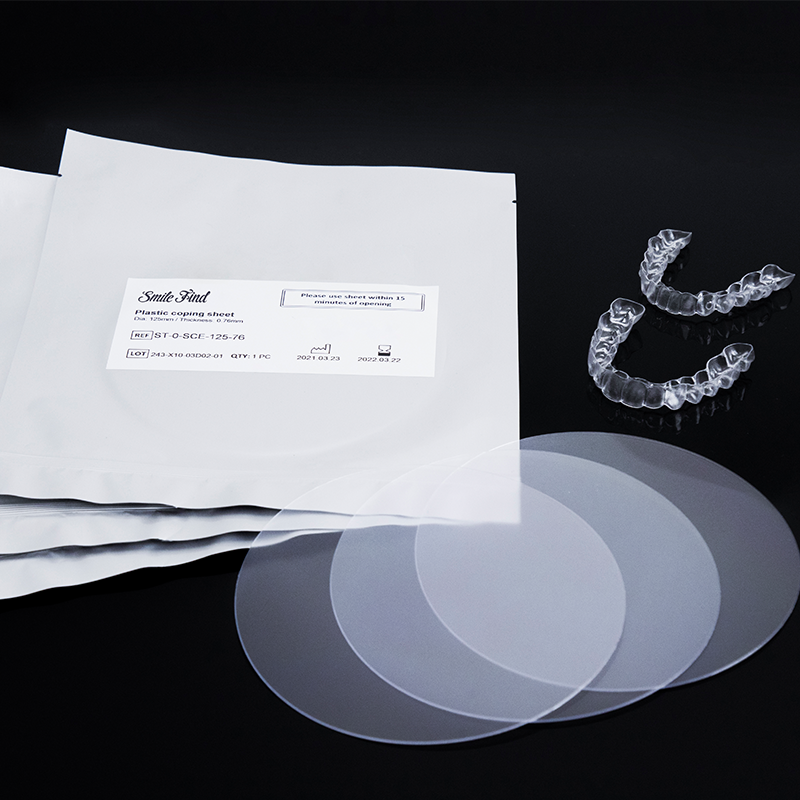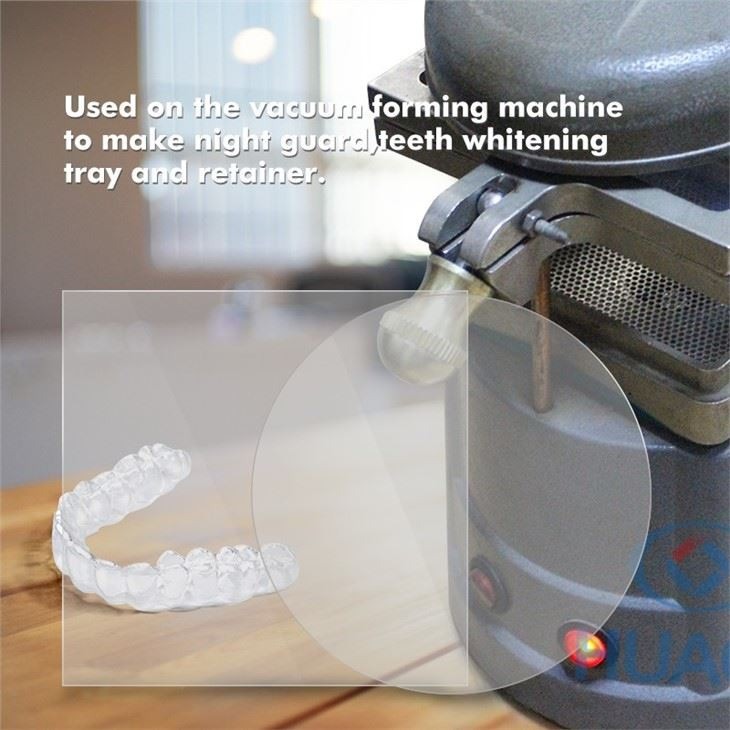Clear Aligner Sheets: A Comprehensive Guide For Dental Professionals
Clear Aligner Sheets play a critical role in modern orthodontic treatments, providing the foundation for effective, precise, and comfortable teeth alignment. Choosing the right material is essential, as it directly impacts the fit, durability, and patient satisfaction of clear aligners. Factors such as sheet thickness, transparency, elasticity, and biocompatibility must be carefully considered to ensure optimal clinical results for both dental labs and clinics.
This article will provide a professional guide to evaluating and selecting high-quality impressions for clear aligners.
Recent advancements in clear aligner technology and materials
The global clear aligner market has been expanding rapidly, driven by increased patient awareness, demand for aesthetic orthodontic solutions, and technological innovations. Recent advancements in Clear Aligner Sheets have significantly improved treatment outcomes, offering superior transparency, elasticity, and durability compared with traditional thermoplastic materials.
Digital dentistry has played a pivotal role in this growth. The integration of 3D intraoral scanning, CAD/CAM design, and precision thermoforming allows dental labs to fabricate aligners with highly accurate fit and consistent quality. As a result, dental professionals can provide faster, more predictable, and comfortable treatments, which boosts patient satisfaction and clinic reputation.
Additionally, manufacturers are developing specialized Clear Aligner Sheets tailored to different clinical needs, such as high-force sheets for complex tooth movements and ultra-thin sheets for aesthetic purposes. The rise of tele-orthodontics and remote treatment monitoring further fuels demand, as patients increasingly prefer convenient, home-friendly treatment options without compromising on quality.
Looking ahead, the market is expected to continue growing, with innovations in biocompatible materials, eco-friendly production, and customizable aligner designs. Dental professionals and labs that adopt these cutting-edge Clear Aligner Sheets can stay ahead of trends, meet diverse patient expectations, and enhance overall treatment efficiency.
Patient Considerations: Pediatric vs. Adult Needs for Clear Aligner Sheets
The requirements for Clear Aligner Sheets can vary significantly depending on the patient’s age and dental condition. Pediatric patients require aligners that are highly flexible and comfortable, accommodating ongoing dental development while providing gentle yet effective force for tooth movement. Safety and ease of use are particularly important to ensure compliance in younger patients.
Adult patients, on the other hand, often prioritize durability, aesthetics, and precise fit to achieve optimal results for more complex orthodontic cases. Adults may also have higher expectations regarding transparency and material strength, as well as resistance to wear and tear over longer treatment periods.
Understanding these differences enables dental professionals to select the most suitable Clear Aligner Sheets for each patient, ensuring both treatment efficiency and patient satisfaction. Customizing aligner selection based on age, dental anatomy, and treatment complexity helps achieve predictable outcomes and enhances overall clinical success.
Choosing the Right Clear Aligner Sheets: PETG vs TPU vs EVA – Pros and Cons
The material of the die sheet is the decisive factor for its performance. The mainstream materials in the market are:
PETG (Polyethylene Terephthalate):
PETG is a transparent, tough thermoplastic. It is widely used in dentistry and is one of the standard materials for invisible aligners.
Advantages: Extremely transparent, moderately hard, and produces aligners with excellent shape retention.
Disadvantages: Relatively brittle, which may cause initial discomfort to patients.
TPU (thermoplastic polyurethane):
TPU is a special material that has the elasticity of rubber and the hardness of plastic. It is known for its excellent flexibility and wear resistance.
Advantages: Good flexibility, strong tear resistance, and high wearing comfort.
Disadvantages: Slightly less transparent than PETG and relatively low hardness.
EVA (ethylene vinyl acetate):
EVA is a soft and elastic plastic, and the foam slippers that are common in our daily lives are made of it.
Advantages: Very soft and inexpensive.
Disadvantages: Poor hardness and shape retention make it unsuitable for invisible braces, but it is often used for nighttime bruxism pads or whitening trays.
Professional Advice: Choosing PETG (suitable for initial, high-strength treatment) or TPU (suitable for later retention and comfort) based on the patient’s stage of treatment is key to achieving optimal results. Understanding the properties of different materials can help you provide more precise and personalized solutions for your clients.
Thickness and precision: details that cannot be ignored
The thickness of the compression molding sheet directly affects the corrective force and fit of the braces. Common thicknesses include 0.75mm, 0.8mm, and 1.0mm.
- Thin sheets (0.75mm-0.8mm): Typically used in the initial stages of treatment or refinement, providing gentle correction.
- Thick sheets (1.0mm and above): Provide stronger correction and are often used in the middle stages of treatment and for retainer fabrication.
Precise thickness control is crucial. As a manufacturer, we ensure that the thickness tolerance of each compression molding sheet is kept within extremely tight limits, ensuring consistent precision across mass-produced braces.
Performance testing: tear resistance and transparency
- Tear resistance: High-quality molded sheets should exhibit excellent tear resistance to prevent accidental breakage during wear.
- Transparency: High transparency not only aesthetically pleasing but also allows the doctor to more clearly observe the fit of the aligners.
- Elastic recovery: After removal, the aligners should quickly return to their original shape to ensure consistent and stable correction.
Supplier selection: more than just the product itself
Choosing the right supplier is crucial to your business.
Certifications and Quality: Does your supplier hold authoritative certifications such as CE, FDA, and ISO? This not only guarantees product quality but also serves as the cornerstone of your business compliance.
Customized Services: Do you offer OEM/ODM services? SmileFind® offers comprehensive solutions, from material formulation and thickness customization to packaging design, helping you easily create your own branded compression molded sheets.
Bulk Purchasing Advantages: As a manufacturer, we offer competitive wholesale pricing, helping you reduce costs and improve your market competitiveness.
By comprehensively evaluating the above factors, you will be able to find the best invisible aligner molds for you. We understand your pursuit of high-quality materials and are committed to becoming your trusted long-term partner.
Related Blog
Inquire Us Now
We will Get Back to You soon





